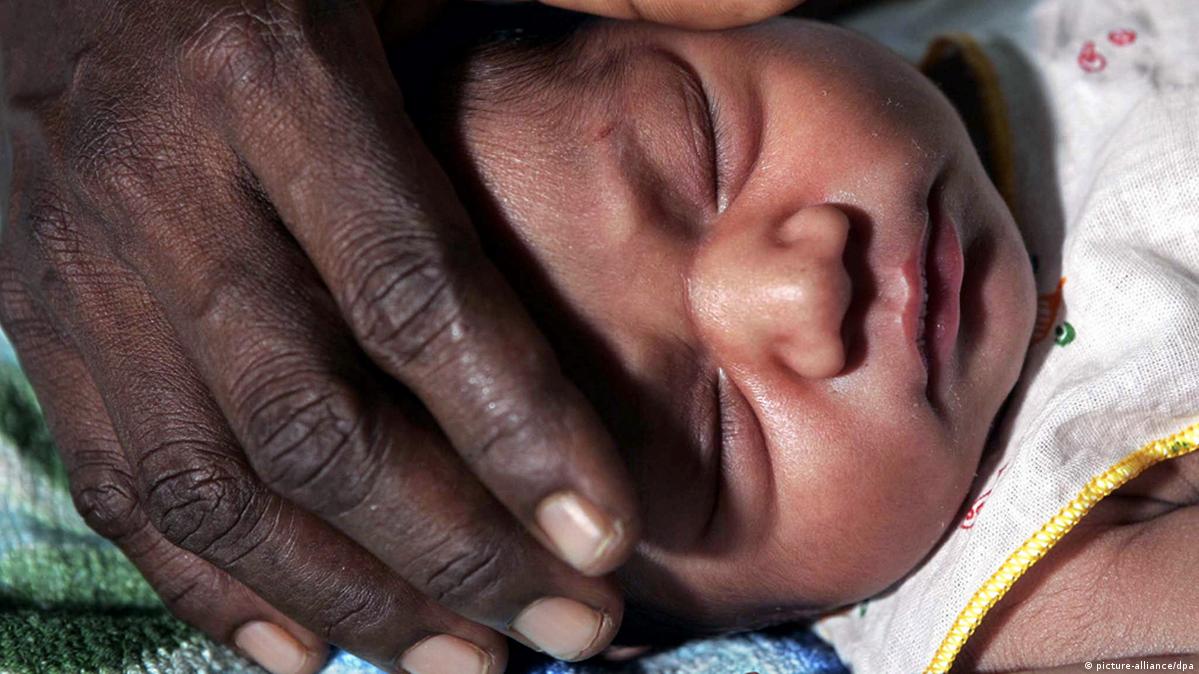Our world today is much safer than it was 40 years ago. One powerful indicator to reflect societal living conditions is child mortality rates, given the many sensitive factors required for a newborn or a child to grow in health. Generalizing the matter to include the world as a whole would show us the constant decline in child mortality of 60% since 1960. This is due to improved healthcare services, nutrition, housing conditions, and education. Unfortunately, this improvement mostly reflects the rich more developed side of the world. Diving into the poorer side shows a different painful reality, a massive-scale tragedy that barely makes it to the headlines.
According to the World Health Organization, 2020 has recorded 5 million child deaths under the age of 5 with 2.4 million being of newborns, all due to preventable and treatable diseases and causes. This is unacceptable as a significant portion of these deaths are preventable.
A staggering reality to face is that children of underdeveloped poorest of countries have 10% risk of not surviving past the age of 5, while this rate drops to 1.2% in richer countries. (World economic forum). Moreover, for every 1000 live births, child mortality in low-income countries is nearly 6 times more than in upper-middle-income countries.
Analyzing the reasons behind child mortality shows 4 major factors:
- Poor living conditions
- Lack of healthcare services
- Malnutrition
- Poor healthcare consciousness
Preventing this tragedy requires access to simple and affordable interventions like adequate nutrition, safe supply of water, immunization and quality healthcare when needed. Hence, we need a sustainable solution that ensures the long-term resolution of the problem from its core.
Analyzing historical data of female literacy rate and its impact over time on decreasing birth rate and mortality rate of children under 5, we can conclude that enhancing female literacy might constituting an effective solution on the long term. It would contribute in:
- Improving reproductive and healthcare decision making
- Enhancing healthcare consciousness of parents to provide better quality care for their children
- Increasing number of trained health experts
- Reducing poverty, enhancing productivity, and contributing to economic growth
- Better management of family size
- Increasing chances of parents prioritizing child education for their children
On the long term, female education leading to smarter maternal decision-making can reduce up to 61% of infant and child deaths. Enhancing female education will help us achieve the United nation’s sustainable development goals:
SDG3 “Ensure healthy lives and promote well-being for all at all ages”
SDG3.2: “By 2030, end preventable deaths of newborns and children under 5 years of age, with all countries aiming to reduce neonatal mortality to at least as low as 12 per 1,000 live births and under-5 mortality to at least as low as 25 per 1,000 live births.”

0 Comments